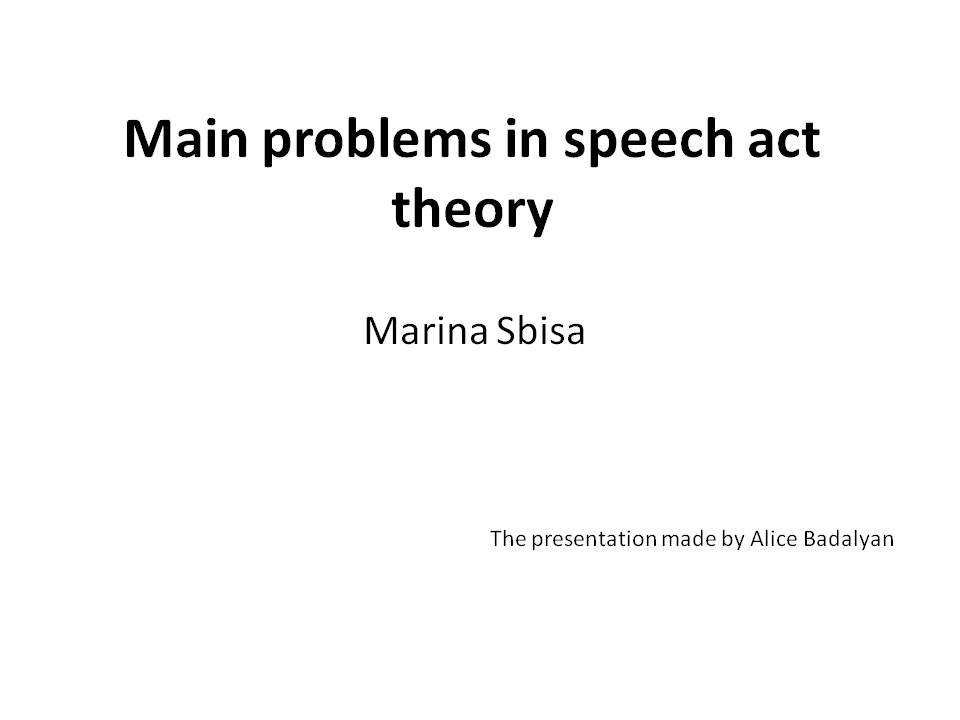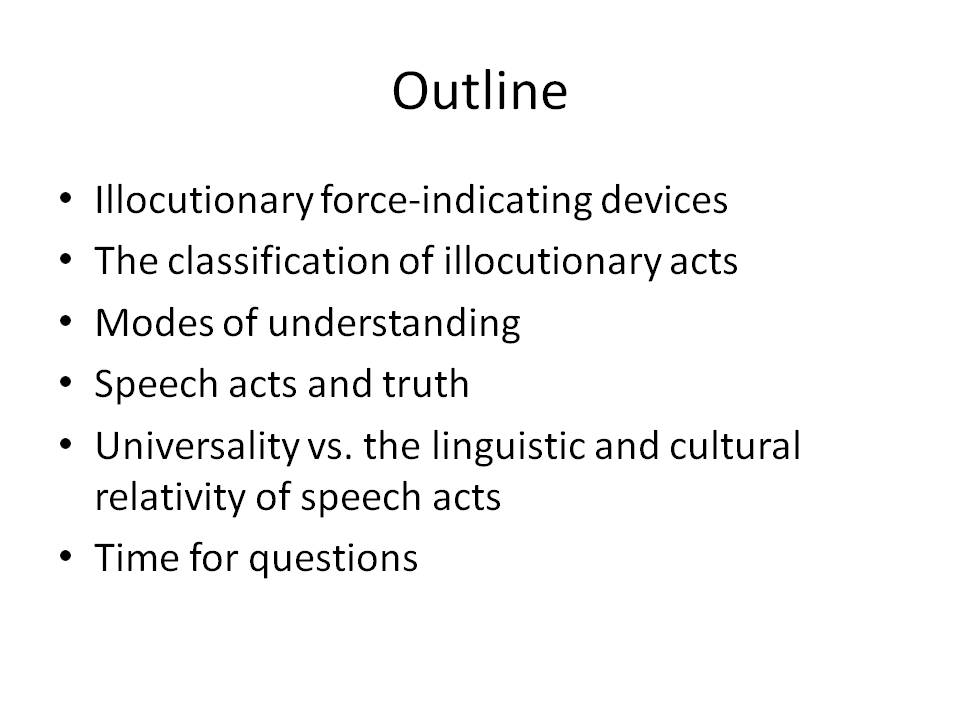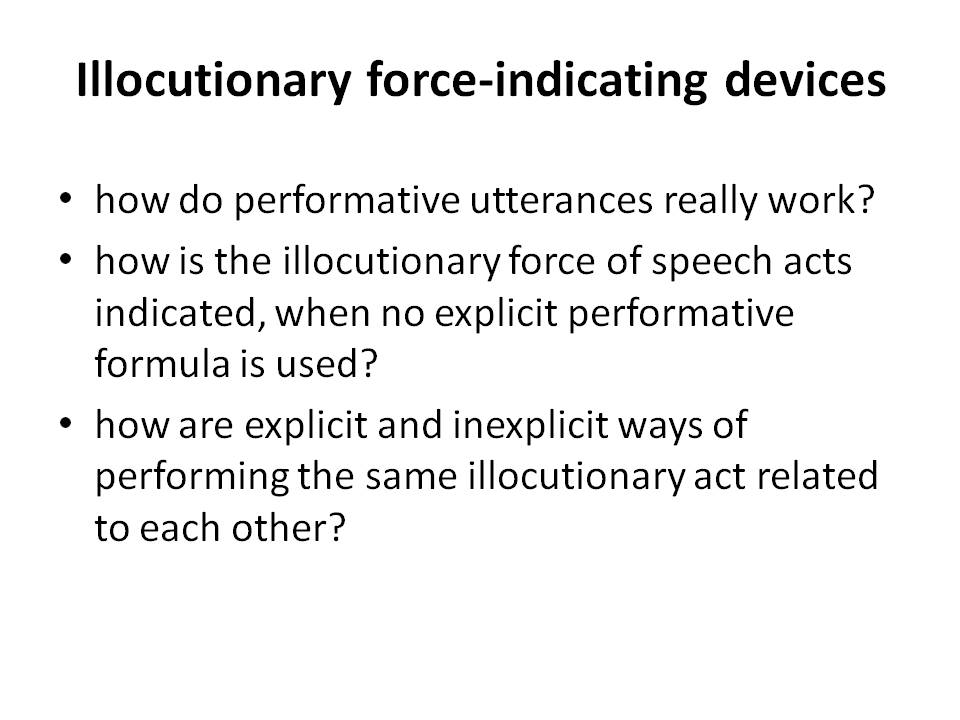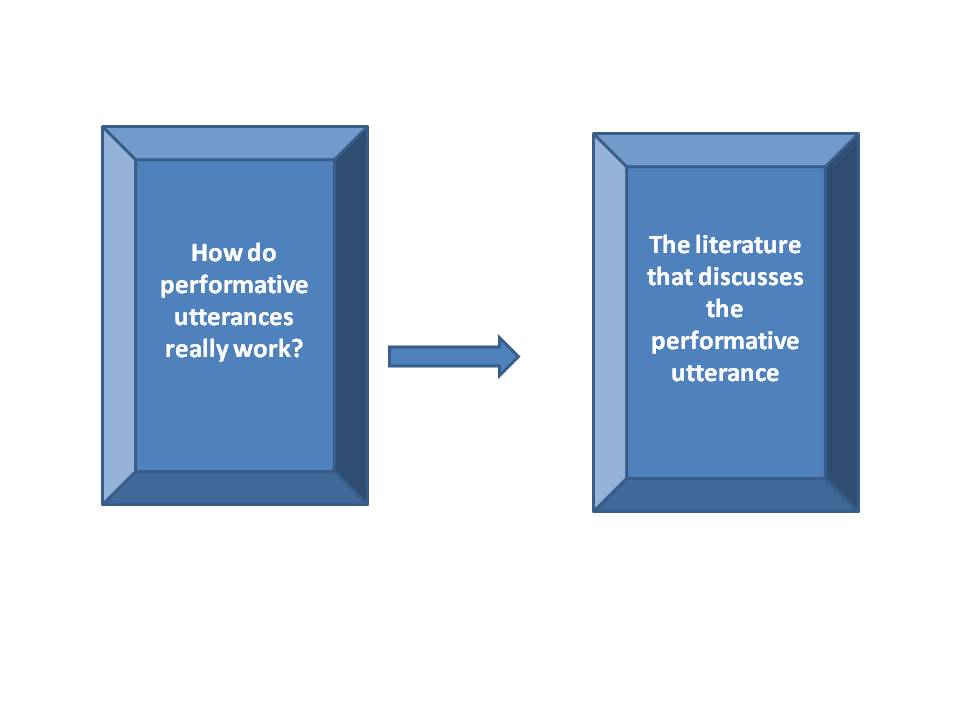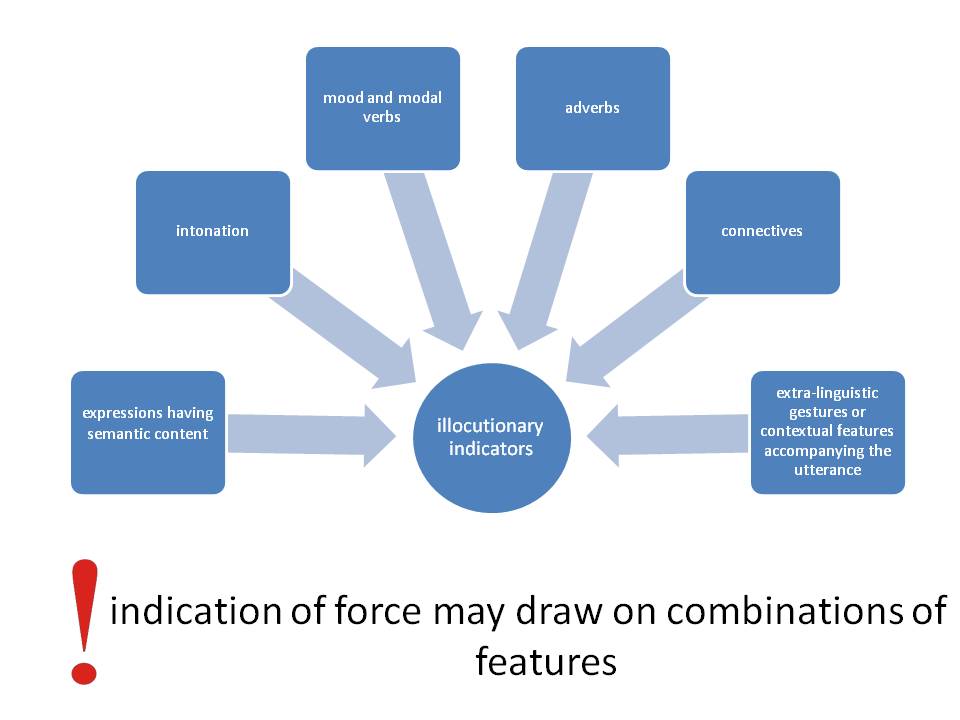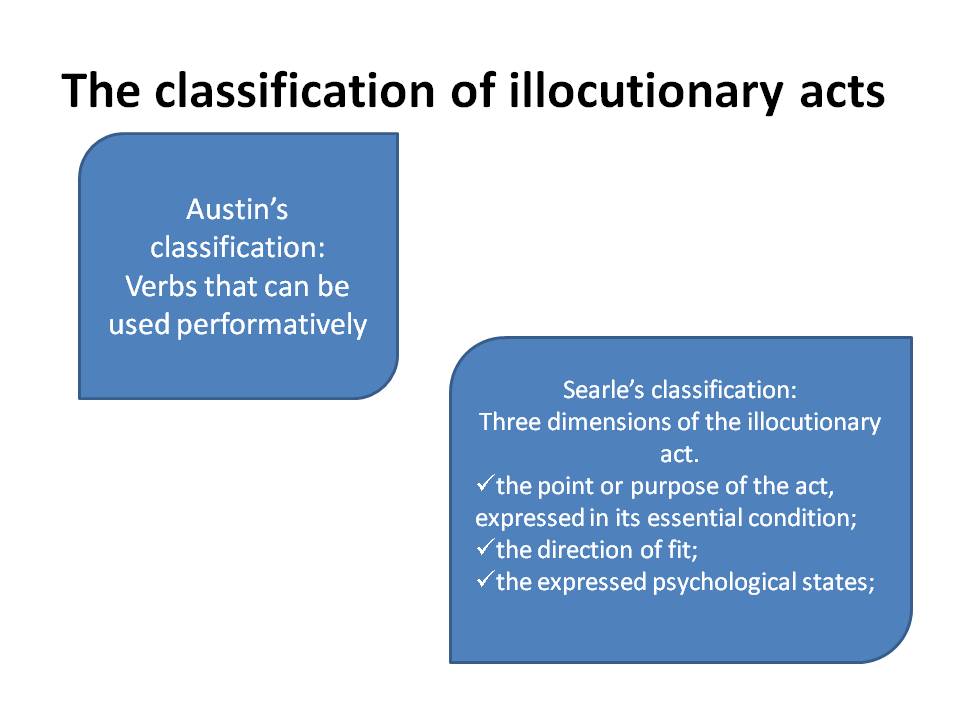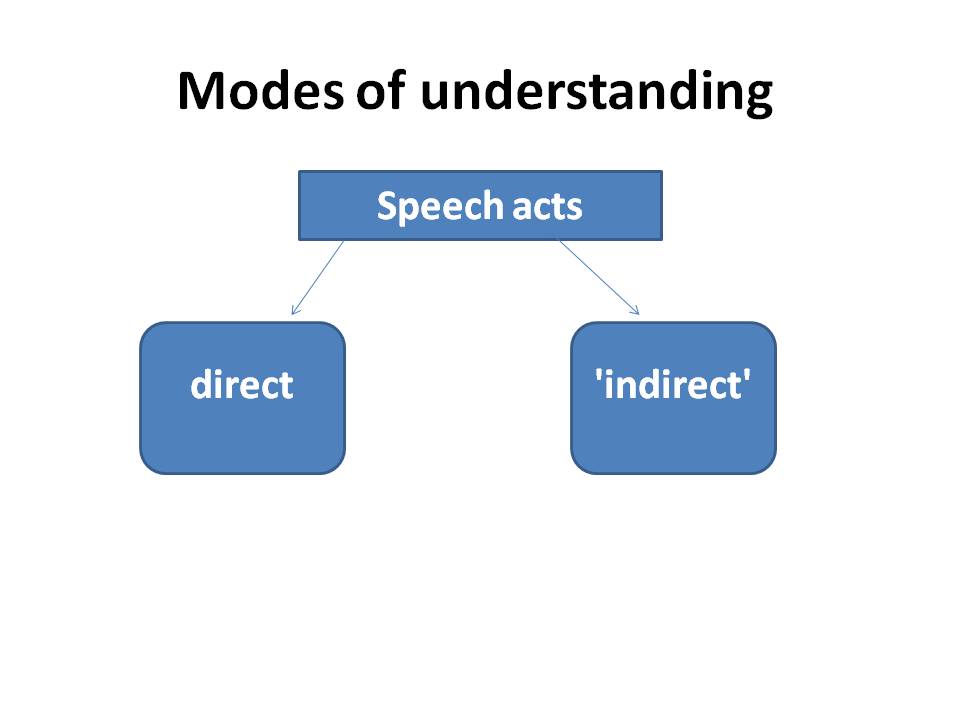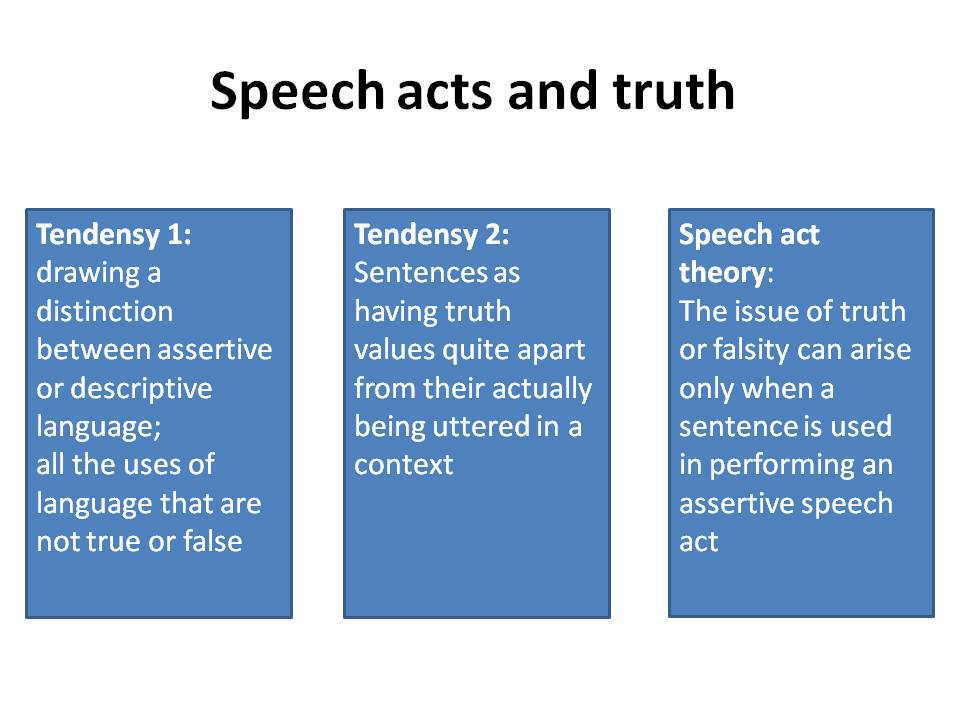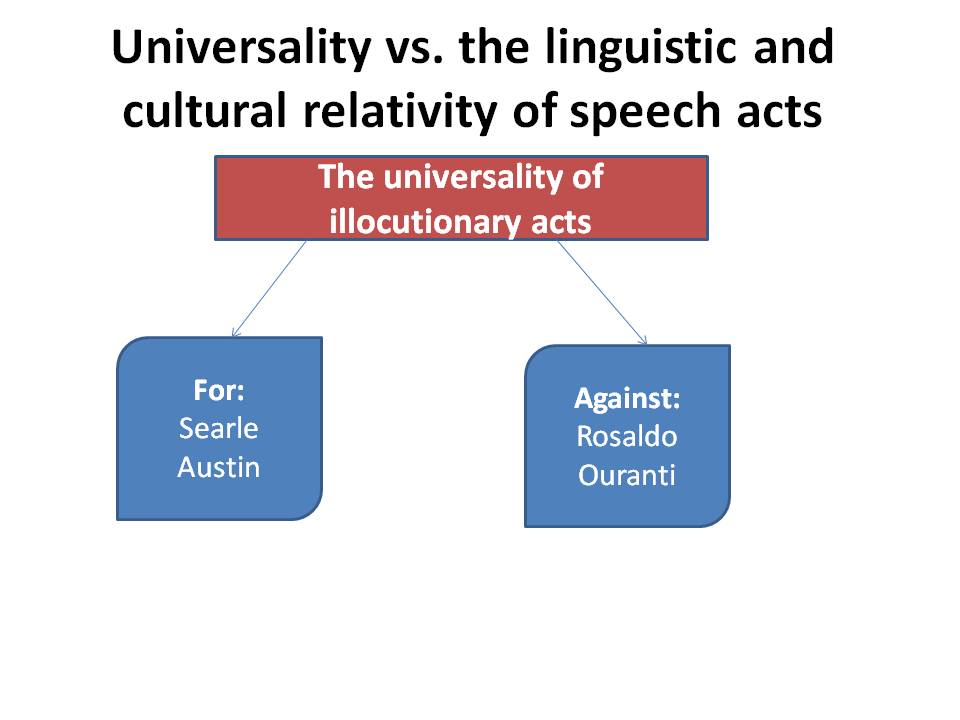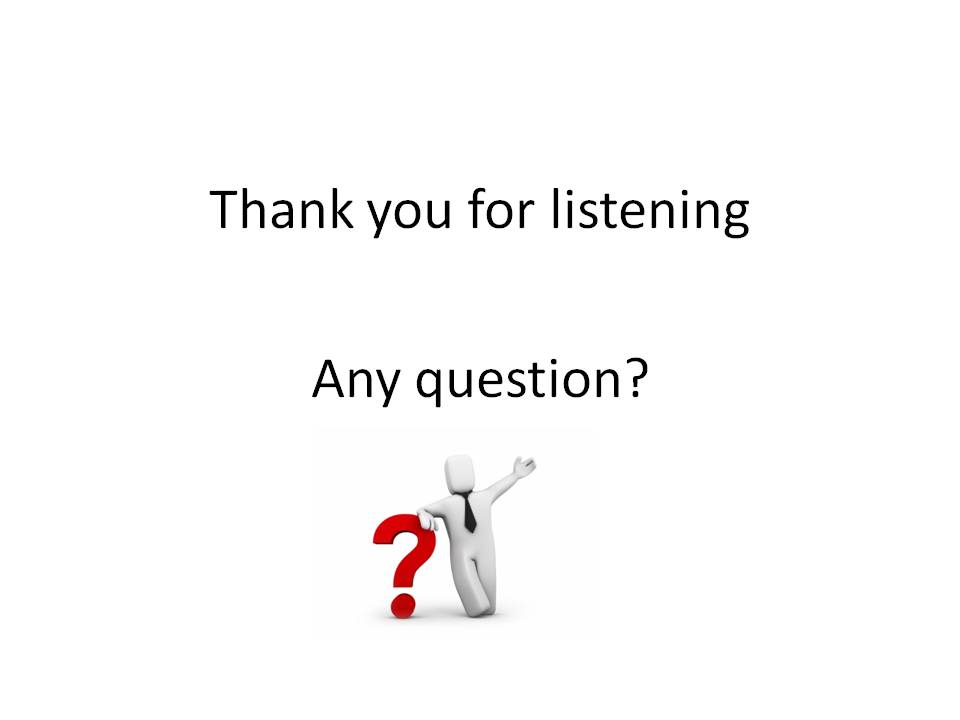Illocutionary force-indicating devices
The author refers to the theory that “illocutionary force is made fully explicit when an explicit performative formula is used” and raises the following questions:
• how do performative utterances really work?
• how is the illocutionary force of speech acts indicated, when no explicit performative formula is used?
• how are explicit and inexplicit ways of performing the same illocutionary act related to each other?
She mentions that the answer to the first question can be found in literature devoted to the performative utterance.
Speaking about the second question Marina Sbisa reckons that the indication of force may draw on combinations of features such as semantic content, mood and modal verbs, intonation, adverbs, connectives, extra-linguistic gestures or contextual features accompanying the utterance etc.
The answer to the third question from the author’s point of view is ‘the so-called 'performative hypothesis’’ claiming that in the deep structure of any sentence there is a higher explicit performative. Though it is admitted that the hypothesis has recently become the subject of much controversy
The classification of illocutionary acts
The author represents the Austin’s classification of illocutionary acts, based on a list of verbs that he took to be performatives, and classification by Searle who selected three dimensions of the illocutionary act. Searle included following criteria:
· the point or purpose of the act, expressed in its essential condition;
· the direction of fit;
· the expressed psychological states;
In this part of work Marina Sbisa comes to the conclusion that all modern classifications of illocutionary acts are based on Austin’s classification or Searle's ones and can be considered as reformulations or refinements of them.
3.3 Modes of understanding
The work presents different modes of understanding, connected with the so-called direct and respectively 'indirect' speech acts. It’s stated that different socio-cultural environment and politeness phenomena contributed a lot to the strategies for performing and understanding indirect speech acts. The author also mentions that “the notion of an indirect speech act relies on Grice's theory of implicature and is therefore liable to be rejected by those who do not accept that theory.”
Speech acts and truth
The work compares two different tendencies about presence of truthfulness in sentences and also gives the point of view of the speech act theory, which goes on to say that “assertions are speech acts just as well as orders”. But this assumption can also be disputable.
Universality vs. the linguistic and cultural relativity of speech acts
During the course of time the attitude to existence of the universality of illocutionary acts. At the beginning of the development of the speech act theory Austin and Searle insisted on universality “at least with respect to illocutionary points”, though they accepted that “the ways for expressing these in language may vary”. Modern researchers throw new light on this issue on the basis of empirical data.
Presentation
